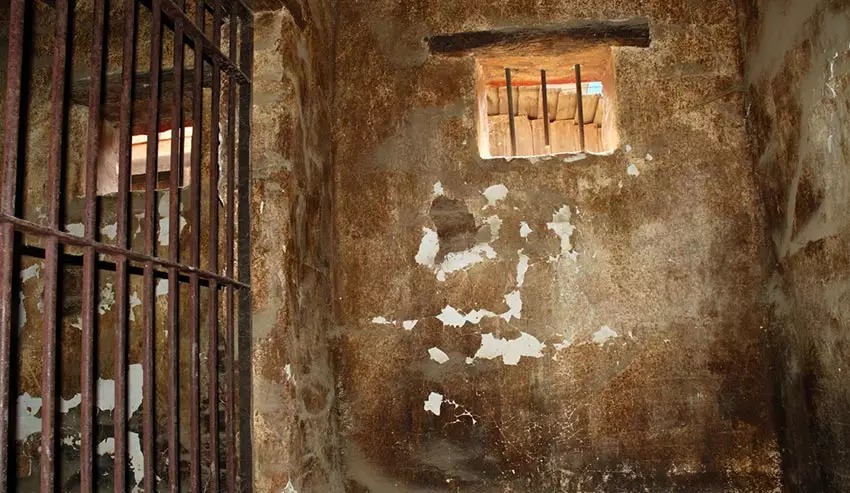The role of the women in north east Syria in the case of the missing persons
With the outbreak of the protests in northern Syria in 2011 until the withdrawal and the defeat of the Syrian government forces in 2013, the number of missing persons increased in those areas, with reference to the involvement of the government forces in this issue, as dozens were missed in detention centers, including humanitarian workers, activists and defectors, while the phase in which ISIS took over large parts of Deir ez-Zor governorate, the entire governorate of Raqqa and parts of Hasakah governorate, until the end of its control in March 2019, witnessed a huge rise in cases of disappearances, killings and the disappearance of corpses, to the extent that foreign journalists and activists were also disappeared, in addition to women and children from the Yezidis of Sinjar, northwest Iraq, who were brought by ISIS to Syria and were sexually enslaved. The list of the missing was also included different ethnic communities like Arabs, Kurds, Assyrians, Yezidis, foreigners, and from various political and military groups.
It is indicated that there are more than 100,000 missing persons, according to the UN estimates in 2021, as a result of the current conflict in Syria. With the Syrian government and the parties to the conflict are in charge of the crime of the enforced disappearance and the difficulty of relying on the them in the process of revealing the fate of the missing persons, the burden has mainly become the responsibility of the families of the missing, civil society organizations and the efforts of the international organizations, and this comes in the absence of central data that contributes to determining the numbers of the missing accurately and neutrally, in a way that contributes to the search for those whose mortal remains have not yet been found, or to verify and reveal their fate.
As a result of the widespread participation of women in public life in northeastern Syria, they have come into contact with various issues of concern to the population, including the issue of the missing persons and the interaction with their families.
This research paper discusses the roles played by women working in civil society organizations in northeast Syria, especially the female activists in the fields of women’s rights and human rights. The paper also stands on the role of the women in following up on the issue of missing persons and raising it to the international and local bodies, focusing on the work mechanisms they adopt to reveal the fate of the missing and forcibly disappeared persons, in addition to the problems facing women’s participation and obstacles to providing assistance to the families of the missing, under the auspices of the International Commission on Missing Persons (ICMP) in cooperation with the Bureau of Democracy, Human Rights and Labor Affairs, the US Department of State (DRL).
Kurdish
Ji destpêka xwepêşandanan ve li bakurê Sûrîyeyê sala 2011an û heta vekişîna hêzên hikûmetê di 2013an de, hejmara windayîyan li wan deveran zêde bû. Hêja ye gotinê ku destê hêzên hikûmetê di vê meseleyê de heye, çimkî bi dehan kes li navendên sekinandinê û zindanan hatin windakirin; kesên windayî jî ev bûn: Karmendên biwara mirovî, çalakvan û leşkerên ji artêşê veqetiyayî. Di qonaxa Daişê de jî qonaxa ku Daişê rûbereke berfireh ji parêzgeha Dêrezorê û parêzgeha Reqayê bi timamî û hin beşên parêzgeha Hesekê kontorl kirin û heta ku di adara 2019an de dawî lê hat, di vê qonaxê de rêjeya windabûn, kuştin û veşartina terman pir zêde bû. Prosesa windakirinê ev kes tev girtin: Rojnameger û çalakvanên biyanî û jin û zarokên êzdî yên Şingalê ku Daişê ew bi xwe re anîne Sûrêyeyê. Hemû pêkhete û niştecihên deverê ji windabûnê nesilmîn di nav de ereb, kurd, aşûr, êzdî û biyanî, her wiha ev kes ji komên siyasî û leşkerî yên cuda cuda bûn.
Nirxandinên Neteweyên Yekbûyî di sala 2021ê de amajeyê bi wê yekê dikin ku zêdeyî 100 000 kesî ji encama şer û pevçûna li Sûriyeyê windayî ne. Ji ber ku destê hikûmeta Sûrîyeyê û alîyên şer di sûcê windakirin û binçavkirinê de heye û ji ber ku zehmet e mirov xwe bispêre alîyên şer da ku çarenûsa windayîyan bê dîyarkirin, barê herî giran ketiye li ser milên malbatên windayîyan, rêxistinên civaka sivîl û rêxistinên navneteweyî. Di vê navê re, navendeke zanyarîyan jî nîne ku hejmara windayîyan destnîşan bike ku destnîşankirina hejmarê bi prosesa lêgerînê re lêgerîna termên kesên ku laşê wan nehatiye dîtin û bi prosesê taqîkirin û dîyarkirina çarenûsa wan re dibe alîkar.
Ji ber ku jin bi rengekî berfireh tev li jiyana giştî li deverên bakurê rojhilatê Sûriyeyê bûne, têkildarî gelek meseleyên ji bo nişticihan girîng bûne, di nav de meseleya windayiyan û rîakisyona bi malbatên wan re.
Ev lêkolîn rola jinên ku di rêxisatinên civaka sivîl de dixebitin, li bakurê rojhilatê Sûrîyeyê, gengeşe dike; bi taybet çalakvanên jin yên di warê mafên jinan û mafên mirovan de. Her wiha ev lêkolîn behsa van mijaran jî dike: Rola jinê di şopandina pirsa windayîyan de û tevrakirina li nik alîyên pêwendîdar yên nevdewletî û xwemalî, karê ku çalakvanên jin dikin da ku çarenûsa van kesên windayî û binçavkirî binasin, arîşeyên ku li pêş beşdarîya jinan dibin asteng û prsgirêkên ku li pêş alîkarîya bi malbatên windayîyan re dibin kelem, ev alîkarî jî bi sponseriya Komîteya Navdewletî ya Karûbarên Windayîyan ICMP û hevkarîya Ofîsa Demokratiyê û Mafên Mirovan û Kar ya Wezareta Derve ya Amerîkayê “DRL” pêk tê.
links
The study can be downloaded in both Kurdish and English at the following links:
English: The role of the women in northeast
Kurdish: Rola jinan li Bakur û Rojhilatê Sûriyayê di dosya kesên wendayî de

